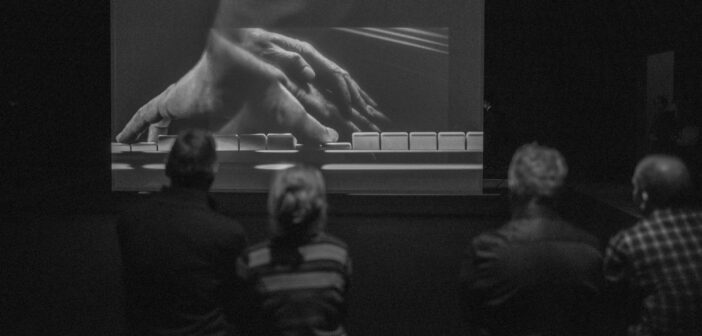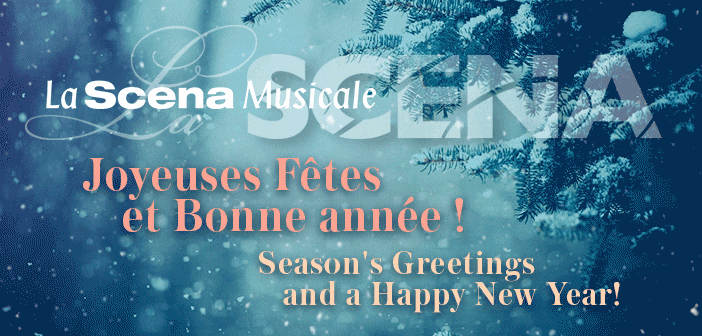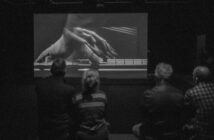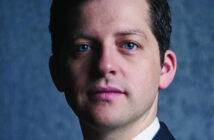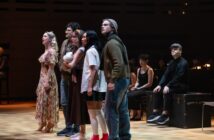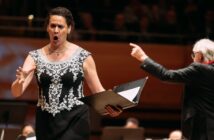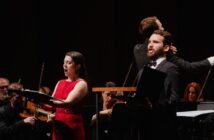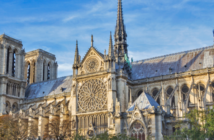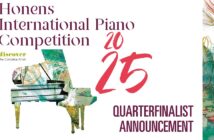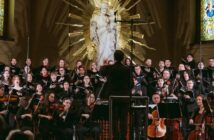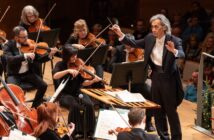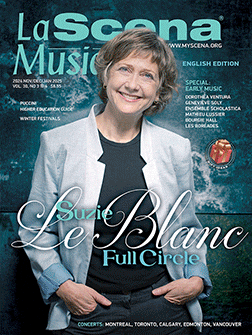This page is also available in / Cette page est également disponible en:
![]() Francais (French)
Francais (French)
What links French Impressionist composer Maurice Ravel with the Venice Biennale and American minimalist composer Steve Reich? Their association might seem tenuous, but they are intriguingly brought together in French-Albanian artist Anri Sala’s work Ravel Ravel Interval, currently exhibited at the Montreal Museum of Fine Arts (MMFA). La Scena Musicale interviewed Assistant Curator of International Modern and Contemporary Art, Alexandrine Théorêt, to help us untangle the knots in this singular work.
Acquired by patron Pierre Bourgie and pledged to the MMFA, Ravel Ravel Interval commemorates the 150th anniversary of the birth of Maurice Ravel (1875–1937). The 2024–2025 season also marks the 40th anniversary since Quebec pianist Louis Lortie launched his career, now one of Ravel’s most renowned interpreters. Returning to Salle Bourgie in 2024–2025, Lortie will perform Ravel’s complete works for piano over two solo recitals in February and March 2025, followed by a masterclass.
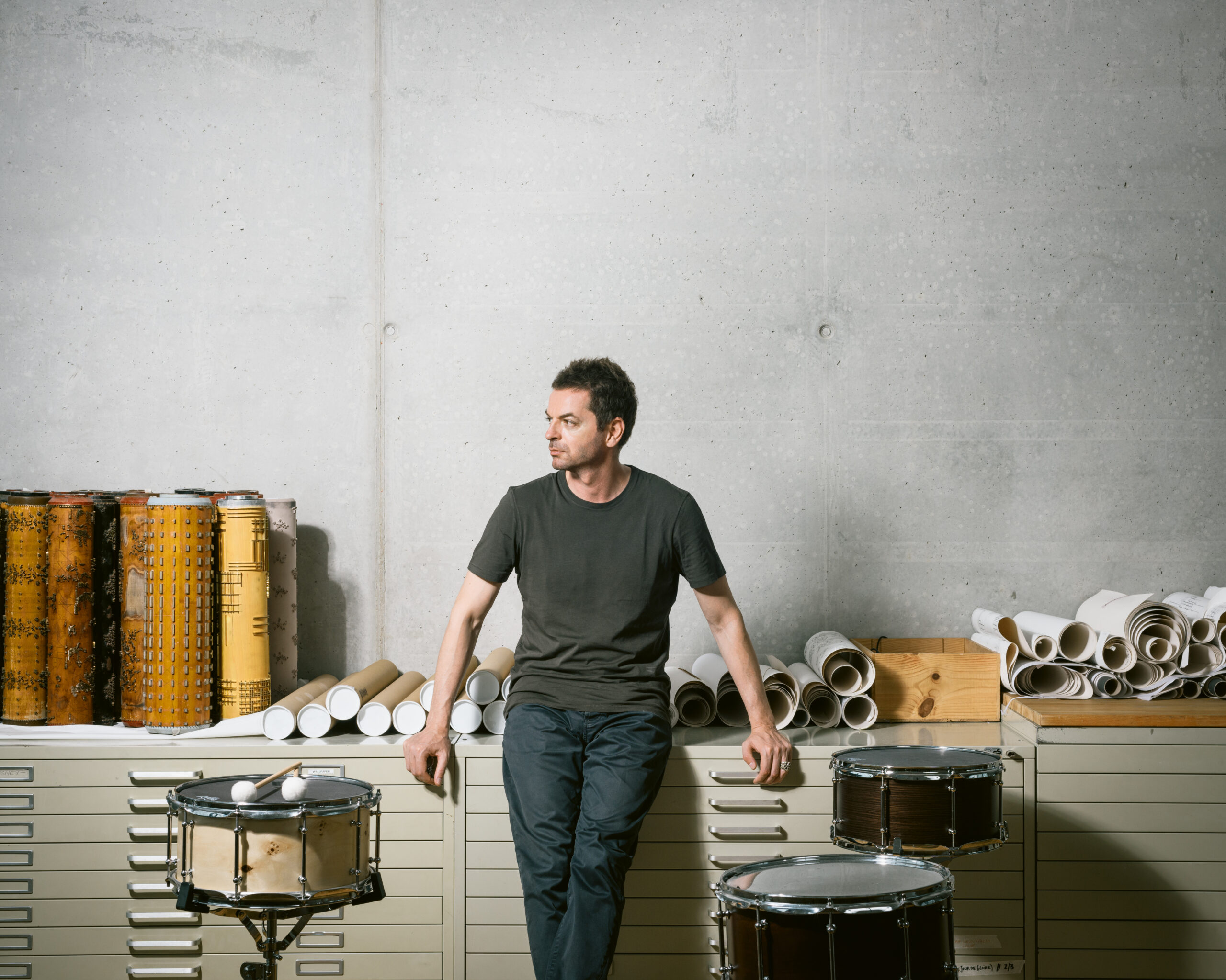
Anri Sala. Photo: Wolfgang Stahr
Lortie has also been involved in Sala’s work. Ravel Ravel Interval consists of an audiovisual installation with two large screens onto which are projected two performances of Ravel’s Concerto in D major for the left hand (1930). The sound comes from loudspeakers installed on either side of the room, each playing a different version of the concerto simultaneously. Or almost.
“The two interpretations intersect,” says Théorêt, “at times, one [of the pianists]precedes the other, before the other catches up with and overtakes the first.” Entering the dark exhibition room, the audience arrives between two screens: on one side is a projection of Lortie’s performance, on the other that of French pianist Jean-Efflam Bavouzet. The camera angle shows a tight shot focused on their hands. Without an intimate knowledge of each pianist’s physiognomy, it is nearly impossible to distinguish one from the other.
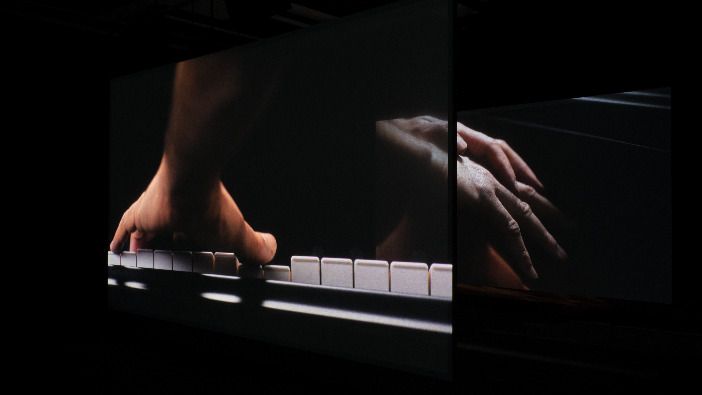
Anri Sala. Photo: MMFA, Jean-François Brière
“Because of the loudspeakers’ location, we are between two interpretations,” explains Théorêt. As the audience moves around the auditorium, they perceive an evolving sonic landscape. The subtle crossing of interpretations is mirrored by the transparency of the screens: as one hand merges with the other, a passage is repeated on one screen where it was left on the other. Sound and image coalesce in our mind, creating an altogether new work, both musically and visually.
“When you sit on the benches from where you see both screens aligned, you hear the two balanced versions. [The work is exhibited] in a room with a diminished echo, which induces tension in the sound and in the body, arising from the fact that one version comes before the other,” adds Théorêt.
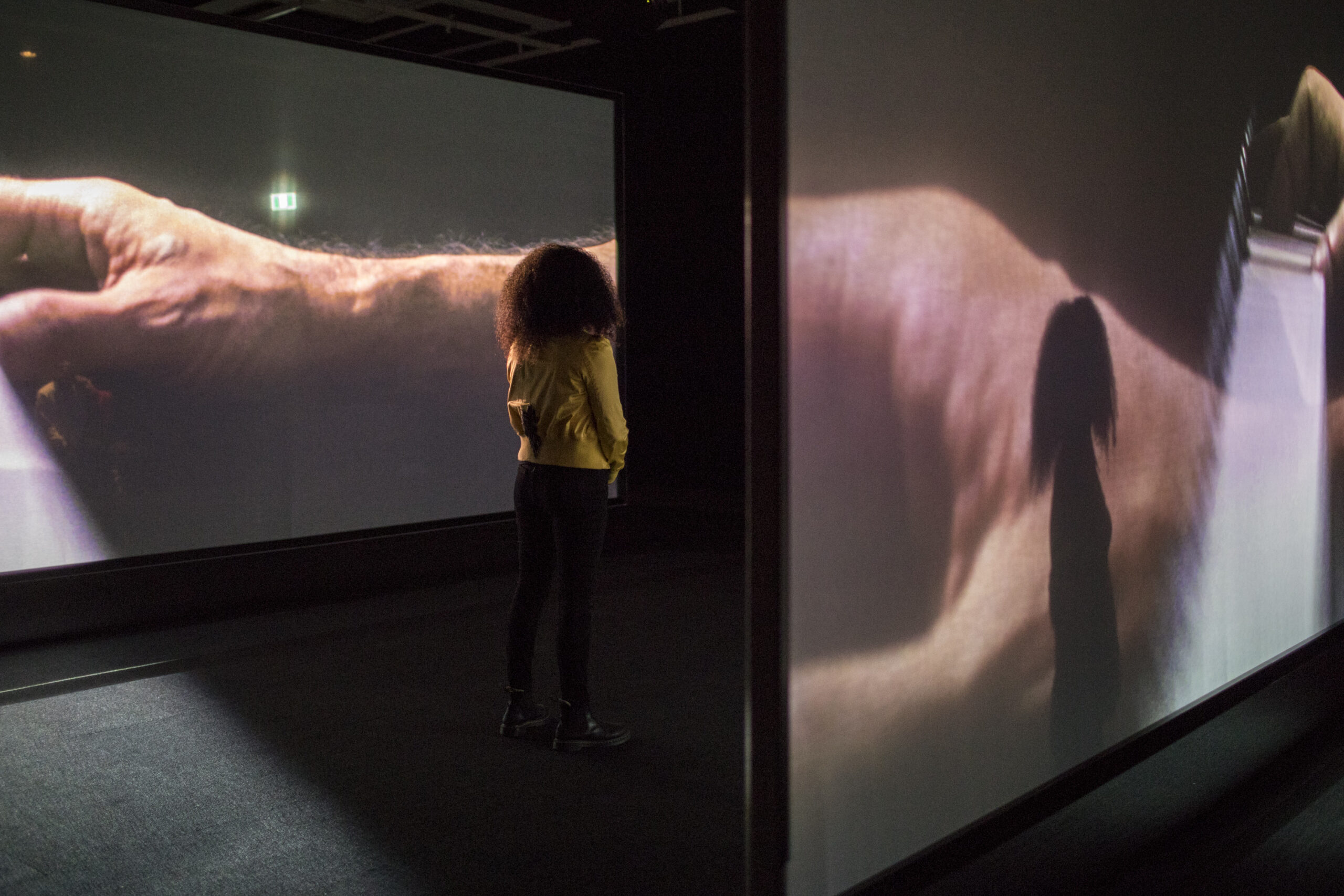
Anri Sala. Photo: MMFA, Sébastien Roy
Physicality plays an important role in Ravel Ravel Interval. The camera shot is extremely intimate, showing only the pianists’ hands, nimble dancers on the black and white keys of the pianos. Considerable effort is involved, given the notoriously difficult nature of the concerto. The dichotomy between effort and rest is fully exploited. At times percussive, other times suave, the left hands rest occasionally on the pianists’ knees, like two athletes catching their breath between sets of a game.
The musical technique Sala uses is called “phasing,” the cyclical synchronization and desynchronization of two or more soundtracks. “Sala knows music well,” explains Théorêt. In fact, he was inspired by the phasing in Steve Reich’s minimalist music. Reich composed several works based on this principle, the best known of which is Piano Phase. Two pianists begin to play a melodic figure together, then one of them breaks away, gradually increasing the tempo to a point of maximum shift, before returning to finish the piece in synchrony.
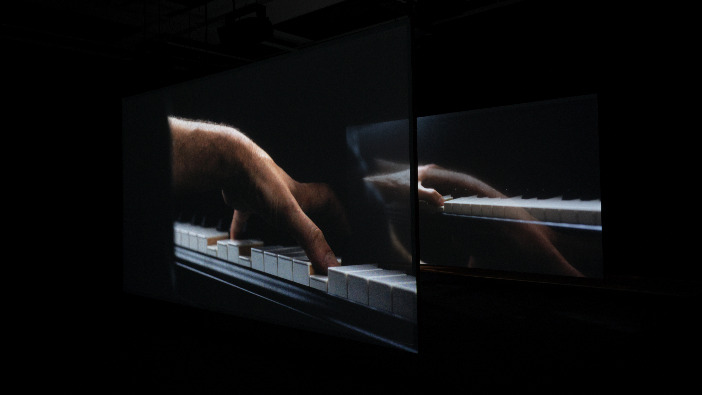
Anri Sala. Photo: MMFA, Jean-François Brière
“In Ravel Ravel Interval, the phasing of the two versions of the concerto is not left to chance or to the interpretation of the pianists,” explains Théorêt. Changes to the score were commissioned by Sala, and annotated by Olivier Goinard, who was responsible for the spatialization of the work, in [musical consultation]with Ari Benjamin Meyers. “Tempo indications are different between the two scores. If they had only left a rallentando at the beginning, the two pianists would still have ended up out of step. But, for the playing to intersect, they made changes to both [performances],” Théorêt explains. These changes apply to the orchestral part as well, played by the Orchestre National de France conducted by Didier Benetti.
The transparency of the screens contributes to blurring the two performances of Ravel’s concerto. In its original version, Sala’s work was created for the Venice Biennale in 2013 with two screens superimposed one on top of the other in a large hall. This version of the installation requires an unusually high ceiling rare in exhibition halls. In 2017, Sala agreed to modify the work by aligning the screens one behind the other, allowing for visual superimposition to occur in three dimensions.
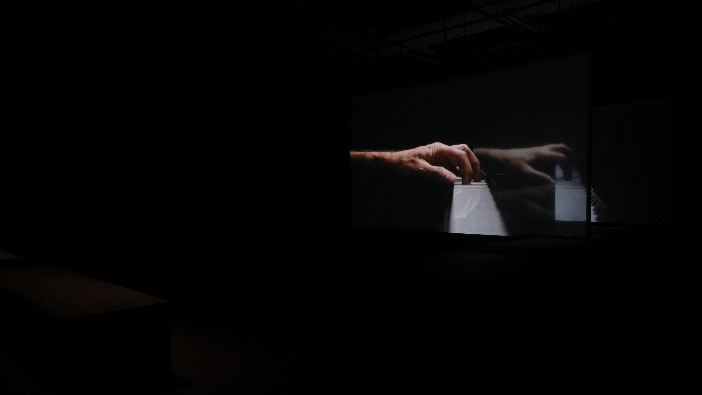
Anri Sala. Photo: MMFA, Jean-François Brière
This adjustment amplifies the intertwining of the two performers, resembling each other physically, but also in terms of their interpretation, technique, and taste (reflecting the French pianistic influence). The title is a play on words. “In English, Ravel is a contranym meaning to tangle and untangle,” explains Théorêt. “For me, the richness of this work lies in the fact that it entangles and disentangles in both an auditory and visual way,” she concludes.
Having studied Fine Arts in his hometown of Tirana, Albania, then at the École nationale supérieure des arts décoratifs in Paris and at Le Fresnoy—Studio national des arts contemporains in Tourcoing, Sala thinks a lot about the cinematographic and narrative aspects of his work. “He even quotes Stravinsky, who said that he didn’t listen to music with his eyes shut, but that he needed a visual cue—seeing the performers. This also explains why video as a medium is so important in Ravel Ravel Interval,” concludes Théorêt.
Ravel Ravel Interval runs at the MMFA until Apr. 27 2025
This page is also available in / Cette page est également disponible en:
![]() Francais (French)
Francais (French)

